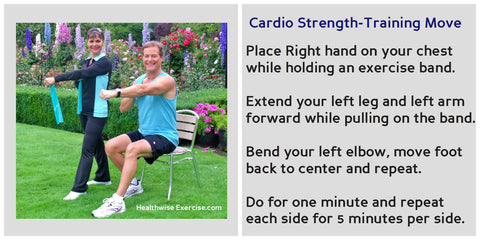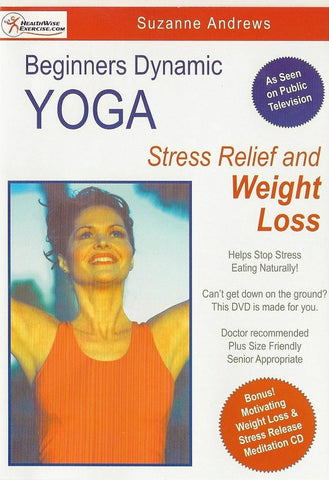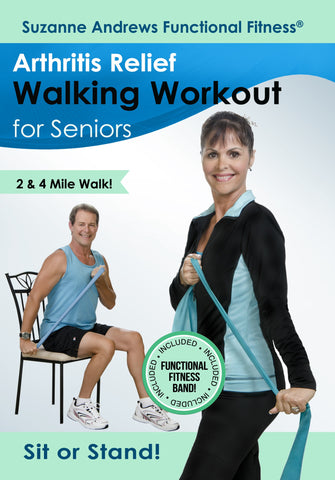How Often Should You Exercise to Lose Weight?

How would you like to transform your body and lose weight without living at the gym?
When paired with a healthy diet, exercise is a crucial part of a successful weight loss regimen.
In fact, though diet is important, some experts believe that exercise is even more important when it comes to losing weight and warding off disease. The two main reasons being, when you exercise, the perspiration you produce cleanses toxins from your body. Second, your muscles continue to consume fat molecules (calories, fuel) well after you’ve stopped exercising.
So how much should a person exercise each day? Health benefits can be achieved with 20 to 30 minutes of low-impact cardio exercise, five times a week.
It’s a simple concept, you must consistently exercise every day because you eat every day. If you eat and don’t exercise, fat builds up and…you know the rest.
Just think, Michael Phelps the Olympic swimmer, would consume 12,000 calories a day during training. That’s 6 times more than our recommended daily intake which is about 1800 to 2000 calories. But look how thin he is. He torched nearly all fat content in his body from swimming literally miles a day. Exercising.
But while some people exercise to lose weight, others simply want to improve their health and keep their joints flexible. Others want to get in peak condition for sports.
In short, the amount of daily exercise you need depends on what your goals are.
Exercising for weight loss
If you're exercising to lose weight, you might have to work up your daily activity to 45 minutes or even an hour.
An example of a good weight loss routine would be 30 minutes of moderate-intensity cardio, like speed-walking integrated with strength training as shown here in Suzanne Andrews Arthritis Walking Workout DVD.
When you do strength-training, be sure to work different muscle groups each day so that each group has time to recover before you push it again. Example, groups from the waist-up one day, groups from the waist-down the next.
Use lighter weights and more reps to develop lean, toned muscles and maintain a slender look. Use higher weights and fewer reps to build bulkier muscles for a thicker look. Ladies, no need to worry about getting bulging muscles, you don’t have the amount of testosterone in your body to develop the large muscles you see in body building competitions.
Exercising for health.
Experts agree that just thirty minutes of low or medium impact aerobics five times a week is all that's needed to reduce the risk of certain diseases and promote longevity.
This can easily be obtained by going for walks after dinner, or riding a bicycle instead of driving your car for some of your daily errands.
If you're new to exercise, it's okay to start slow. Studies have shown that your body will benefit even if you have to break up the thirty minutes into smaller chunks throughout the day. Be sure to allow yourself time to achieve results. You didn’t fall into weakness and excess weight overnight so it won’t be overnight to get back to where you want to be.
The key is to get your heart rate up to a level that will strengthen your cardiovascular system. Again start slow and work your way up. It’s called exercise, not torture.
A good rate of maximum heart rate is 70% for beginners, 80% for moderate and 85% for advanced. As a general rule, you can determine your maximum heart rate by subtracting your age from 220.
For example, a 40-year-old would have a maximum heart rate of 180. They would get the most benefit from maintaining a heart rate of 90 – 126 BPM while exercising. Walking is great, but it needs to be a brisk pace to induce increased heart rate and deeper breathing. A stroll through the mall is not going to qualify.
Exception: If you’re on blood pressure medications, you need to check with your doctor what your target heart rate should be.
Exercising for extreme fitness
Some people train for two or more hours each day. These are typically experienced athletes who are already in good condition, but who want to shape their bodies into peak performance machines.
This level of training is usually done for a few months and takes real dedication leading up to an athletic event. After the event, the athlete returns to a more normal workout routine.
Before you start an extreme fitness regimen, speak with your doctor to make sure there are no underlying health concerns that could be made worse by such a routine. You’ve likely heard the stories of guys who went full blast their first day out after little or no exercise for months or years. Ambulance rides are not cool.
Also, extreme fitness regimens are typically a combination of cardio and strength-building exercises.
When you're starting out, get guidance from a trainer or someone else who has experience with the program to make sure you maintain proper form and minimize the risk of injury.
Exercising for older adults
It's important to stay active at any age. Older adults benefit greatly from regular exercise. Your muscles don’t know how old you are. They simply react to whatever forces are placed on them by getting stronger and more durable. Period.
The US Department of Health & Human Services advises older adults to get 2.5 to 5 hours of moderate to vigorous exercise each week.
If health conditions make this difficult, the person should get as much exercise as possible.
Muscle-building exercises are helpful for older adults, as are exercises which improve flexibility and balance. A regular stretching routine is fantastic for increasing flexibility and injury protection.

FUNCTIONAL FITNESS: ARTHRITIS RELIEF WALKING WORKOUT
Suzanne Andrews Arthritis Walking Workout DVD transforms your body without living at the gym.
Suzanne Andrews founded Functional Fitness in 2008, the most popular fitness series for boomers and seniors broadcasting on over 159 Public Television stations throughout the US and Canada. Read Suzanne’s inspiring comeback story of how she survived a near fatal accident, From Deaths Door to Producing a National Fitness Series. Feel free to send Suzanne a message here.








 Suzanne Andrews
Suzanne Andrews




